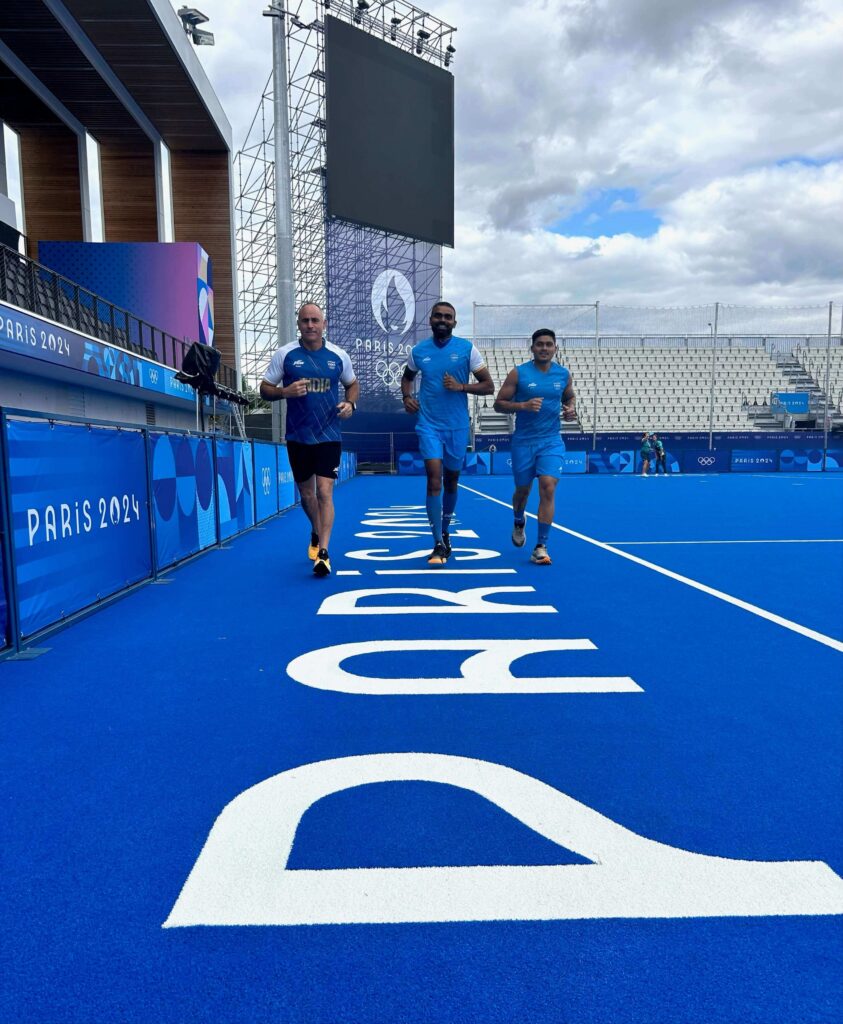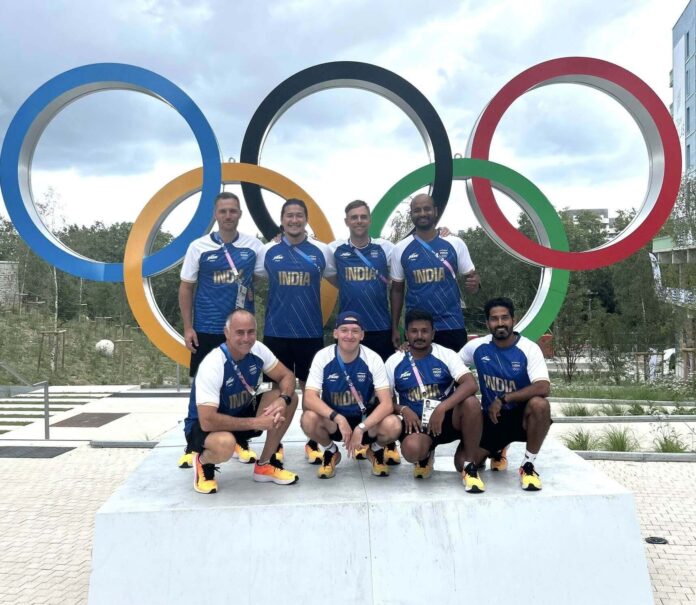Mind guru Paddy Upton shares his insights on putting the nation’s favourite pastimes – cricket and hockey – to greater use
London, 28 August 2024 – Paddy Upton, the globally-revered mental guru who recently helped guide the Indian men’s hockey team to the bronze medal at the Paris Olympics, believes there is no end to the lessons the business world can learn from sport.
Upton, who also contributed to the Indian cricket team’s success at the 2011 ICC 50-over World Cup and is regarded as one of the game’s great international coaches, is increasingly finding that his strategies in the sporting arena can work just as well in the corporate sector.
Many lessons are not complex. For example, it is not difficult to work on eradicating simple errors that keep occurring.
Another takeaway from sports is never compromising on a long-term view to achieve short-term results.
Upton gives the example of how India’s hockey team suffered a 5-0 whitewash against Australia and, only a few months later, beat the same team at the Olympics for the first time in 52 years.

“Coach Craig Fulton deserves a lot of credit. As difficult as it was, he didn’t get caught up with winning a particular series, compromising the Olympic campaign. This is a great lesson for Indian businesses that compromise on the longer-term vision to achieve quarterly results.”
For Upton, India’s growth as a nation requires a new way of thinking that, among others, puts ego aside in the pursuit of excellence. Again, sport offers many examples.
Some of the greatest teams look at best practices within their codes and what works in others. Cricket might learn from baseball, for example. Some commonalities prove effective everywhere.
“Like sports teams, businesses should ask themselves what are the pieces of the puzzle – the people or systems, for example – required for success, and how to best put them together through aspects like culture and communication to lay the best possible foundation for success,” Upton says.
“One of the key pieces is great leadership because it leads to a great culture. The number one practical measure of a great culture is that it attracts the best talent. Number two is that it keeps that talent longer than any competitors. Number three is that it gets the best out of the rest.”
Even in great cricket and hockey teams, there are only three or four top performers. The remaining team members are not superstars but make up the bulk of the team.
Similarly, only a tiny percentage of top achievers exist in the corporate realm. The majority fall into the average performance category.
But even if this is the case, a company that can get an extra 5% discretionary effort or engagement out of each ‘average’ worker will show massive gains.
Upton says India’s phenomenal performance against Great Britain in the Olympic quarterfinals offers many lessons about what can be achieved.
Reduced to 10 men following a red card in the second quarter, India held out GB for 43 minutes to secure the draw and go on to win the shootout 4-2.
The team’s trip to the Swiss Alps ahead of the Olympics has already become a legend in the annals of Indian sport. Here, they were made to walk along a narrow snow-covered precipice that was anything but an even surface – without snowshoes.
Roped into groups of six about two metres apart, the sharp inclines on either side meant that if even one person fell, the rest would also be pulled down. According to Upton, the drop was “a fairly safe but scary tumble”, some 30-40m on one side and “certain death” on the other.
The exercise aimed to teach the players that in matches, as in life, unexpected things can happen at any moment, and they should know how to react when they do.
“So, knowing that we needed to devise a plan,” Upton says.
“We thought through and planned for some of the predictable challenges we might face, but also knew that things may come out of left field that could not be anticipated. So, we had a clear and well-communicated plan for when it [red card] happened. Up until then, the plan was only a theory. Now, it was a case of whether we had a team with enough commitment, resilience and grit to apply the plan for 43 minutes. This is under the highest pressure in an Olympic knockout game.”
India’s men proved they did.
He adds one big difference between sport and business is that if an athlete is not happy with a team environment, they have little choice but to make the best of it.
Conversely, a top business performer who is unsatisfied can move elsewhere. In such instances, the business suffers, yet company heads are seldom held accountable.
“Top athletes improve their mental game not so much by learning new skills but by learning to remove the mental obstacles that distract them. It’s similar with leadership, which is not about adding new leadership skills but doing less of what people do to undermine themselves as leaders. That becomes quite difficult because, in India, the system is not set up to give critical feedback to senior people in authority.
“Some businesses have good leadership programmes, but they are the exception. Few leaders are open to honest feedback. We need to see this becoming commonplace.”


